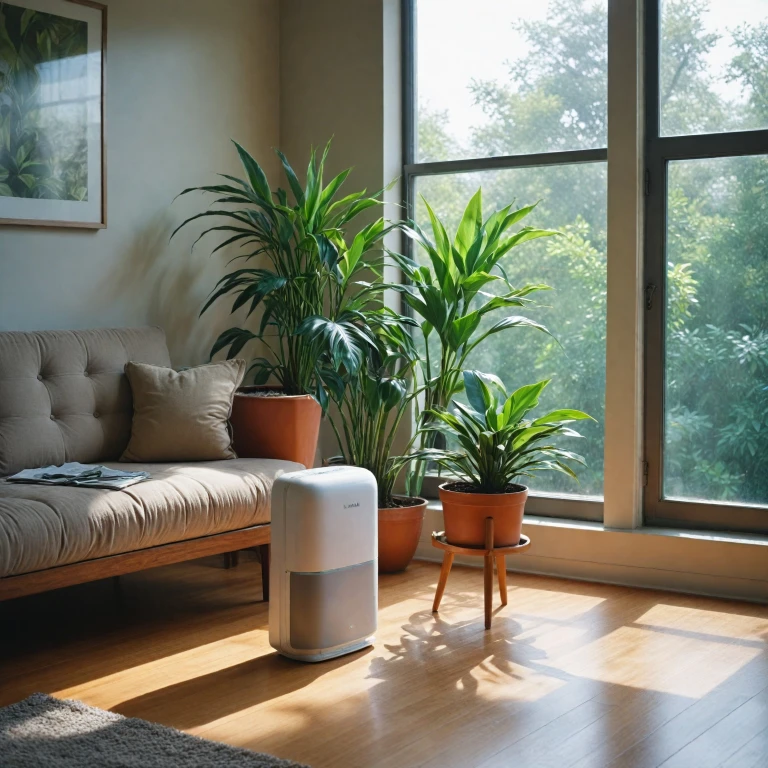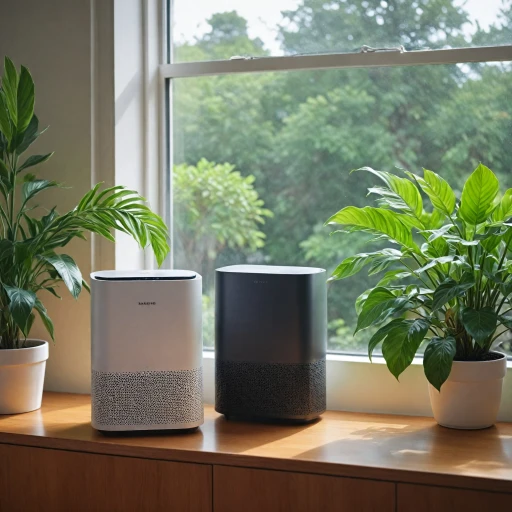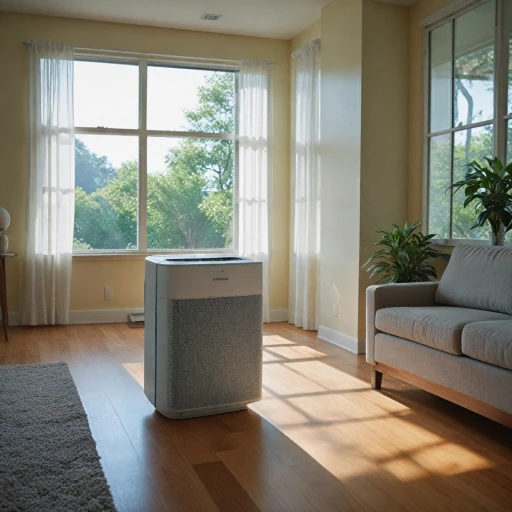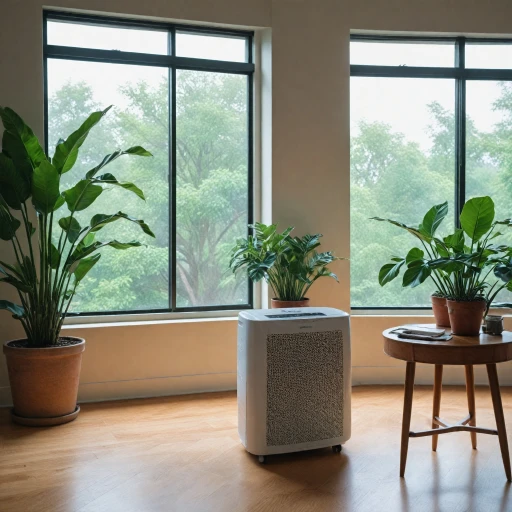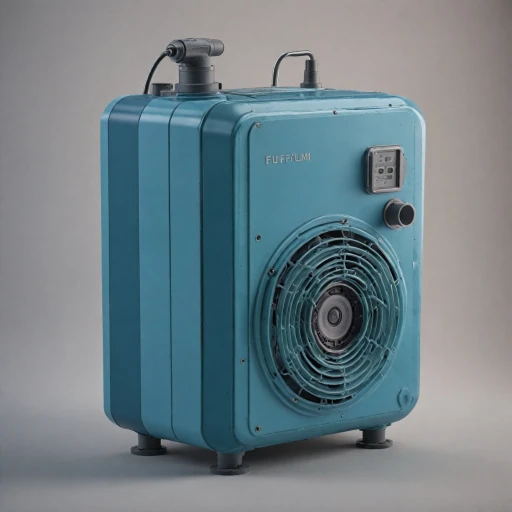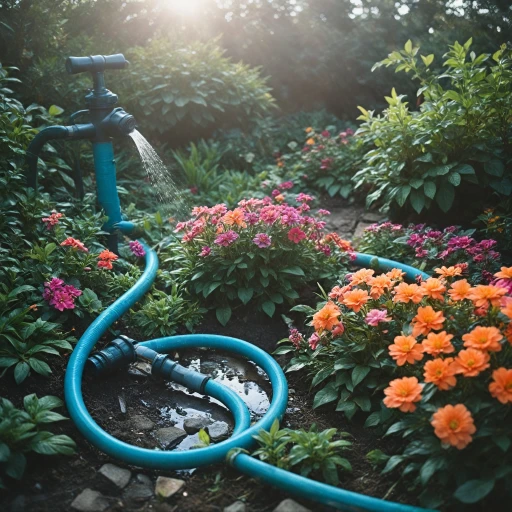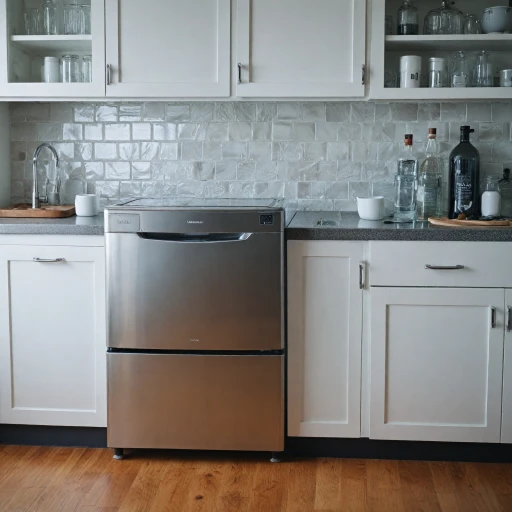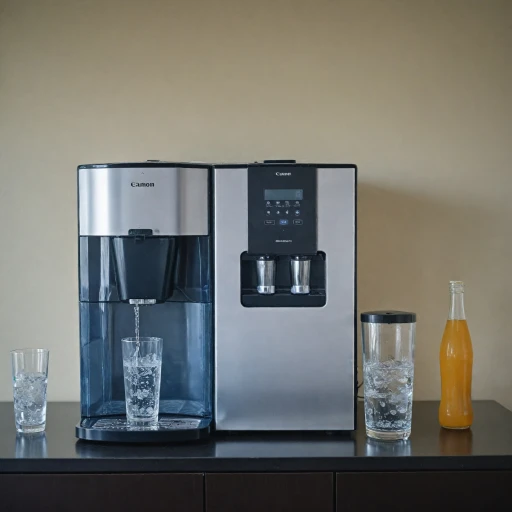What is Radon and Why is it a Concern?
Radon: An Invisible Threat to Your Home
Radon is a naturally occurring, radioactive gas that results from the decay of uranium found in soil and rock. As it breaks down, radon can seep into homes, schools, and other buildings, accumulating to hazardous levels if not properly ventilated. This colorless, odorless gas poses a significant threat to indoor air quality and is considered a major health concern.
Health Risks Associated with Radon
Exposure to high levels of radon can lead to adverse health effects, with studies linking it to lung cancer. In fact, radon is identified as the second leading cause of lung cancer after smoking, making it imperative for homeowners and occupants to be aware of its presence. The gas and its decay products can be inhaled, allowing radioactive particles to attach to lung tissue and potentially causing damage.
The Urgency of Radon Mitigation
To protect your health and maintain clean air indoors, radon mitigation is crucial. Identifying and addressing this invisible threat not only enhances indoor air quality but also contributes to long-term health benefits. Implementing effective measures, like using air purifiers, can play a role in reducing radon levels and ensuring the safety of your living environment.
For further insights on how air purifiers and other strategies can enhance indoor air quality, you might find this resource insightful.
How Air Purifiers Work
The Mechanism of Air Purifiers
Air purifiers function primarily by utilizing a combination of filters and sometimes specific technologies aimed at improving indoor air quality. They are effective in trapping particles, pollutants, and gases, which can lead to health concerns such as lung cancer.- Filters and Their Importance: The most common type of filters used in air purifiers are HEPA filters. HEPA filters are essential for capturing small particles that result from radon decay products. These particles, when inhaled, can attach to the lungs and are known to pose serious health risks.
- Activated Carbon Filters: In addition to HEPA filters, many air purifiers incorporate activated carbon filters. These targets gases and volatile organic compounds, potentially reducing some radon gases although their efficiency specifically for radon mitigation can vary. Carbon filters work by a process known as adsorption, where gas molecules adhere to the surface of the carbon, thus lowering levels of certain pollutants.
- Purifiers and Radon Mitigation: While air purifiers are excellent for improving general indoor air quality, reducing radon levels specifically can be complex and not all air purifiers are suited for this task. Air purifiers can efficiently reduce unattached radon decay particles, yet they might not significantly lower the levels of radon gas itself.
Can Air Purifiers Reduce Radon Levels?
Effectiveness of Air Purifiers in Lowering Radon Levels
One might wonder whether air purifiers can effectively reduce radon levels indoors. Radon is a challenging gas to address due to its colorless, odorless nature and its perilous health risks, such as lung cancer. While air purifiers are not a complete radon mitigation solution, they can play a supportive role in reducing associated risks by enhancing indoor air quality.
Standard air purifiers use HEPA filters and carbon filters to target particles and odors. However, radon gas is a byproduct of radioactive decay, and its tiny particles may not always be captured by these filters. Activated carbon filters have the ability to adsorb certain gases, potentially including some radon decay products, thus removing them from the air. Utilizing a purifier with both HEPA and activated carbon capabilities can aid in filtering out radon decay products such as polonium, lead, and bismuth, which are hazardous when inhaled and attach to particles in the air.
It is crucial to remember, however, that while air purifiers can help to manage radon decay products, specific models specifically designed for this purpose are recommended. The purifiers work best when they are part of a broader radon reduction strategy, including proper ventilation and sealants. For more detailed information on related technologies and features to look out for, the blog post on ventilation filters's impact in air purifiers offers insightful guidance.
Choosing the Right Air Purifier for Radon Mitigation
Picking the Ideal Purifier for Effective Radon Mitigation
When it comes to curbing radon levels in your home, selecting the right air purifier can significantly aid your efforts. The reality of radon exposure and its associated health risks, such as lung cancer, calls for a strategic approach. Here’s a succinct guide to finding suitable products to mitigate radon gas through quality air purification.
Firstly, it’s important to understand that not all air purifiers are equipped to handle radon decay products efficiently. The purifiers that excel in this task often include specific features. You should look for high-performance models that combine both HEPA and carbon filters.
- HEPA Filters: Essential for capturing fine particles, HEPA filters play a vital role in reducing indoor air pollutants. While they trap allergens and dust, they also capture unattached radon decay particles, which contributes to mitigating radon risks.
- Activated Carbon Filters: These filters are crucial as they absorb gases and odors, including certain radon gases. Combining a high-quality carbon filter with a HEPA system enhances overall indoor air quality.
To enhance radon mitigation, it’s advisable to select a purifier that is explicitly marketed as effective in reducing radon. While exploring your options, ensure the air purifier is labeled for covering the room size you need, as the efficiency of purifiers can vary based on space dimensions.
Investing in an air purifier that aligns well with your specific indoor air needs is critical. For those particularly concerned about radon exposure, reviewing manufacturer details and consumer reviews can provide valuable insights, ensuring your chosen model is adept at maintaining clean air and reducing radon levels effectively.
Additional Strategies for Radon Reduction
Implementing Complementary Radon Reduction Techniques
While air purifiers can play a role in improving indoor air quality, they should be part of a broader strategy for radon mitigation. Radon gas, a naturally occurring radioactive gas, poses significant health risks, including lung cancer, when accumulated indoors. Here are some additional strategies to consider:
- Sealing Cracks and Openings: Radon can enter your home through cracks in floors and walls. Sealing these entry points can reduce the levels of radon gas indoors. This method is particularly effective when combined with air purifiers that filter radon decay products.
- Improving Ventilation: Increasing the ventilation in your home can help disperse radon gas, reducing its concentration. This can be achieved through natural ventilation or mechanical systems. Although this won't eliminate radon, it can significantly reduce its levels.
- Sub-Slab Depressurization: This is a more technical approach where a pipe and fan system is installed to draw radon from beneath the house and vent it outside. It's one of the most effective methods for reducing radon exposure.
- Installing a Heat Recovery Ventilator (HRV): An HRV can help maintain indoor air quality by exchanging indoor and outdoor air. This system not only reduces radon levels but also improves overall air quality.
- Using Radon-Resistant Construction Techniques: For those building a new home, incorporating radon-resistant features can prevent radon from entering the living spaces.
These strategies, when used in conjunction with air purifiers equipped with HEPA and activated carbon filters, can effectively reduce indoor radon levels and enhance air quality. Regular maintenance of your air purifier, as discussed earlier, is also crucial to ensure its optimal performance in filtering radon decay particles and other pollutants.
Maintaining Your Air Purifier for Optimal Performance
Maintaining Your Purifier for Consistent Radon Reduction
Ensuring that your air purifier continues to effectively reduce radon levels in your home requires regular maintenance. By keeping your device in top shape, you not only enhance indoor air quality but also support health-focused efforts against radon exposure.- Regular Filter Replacement: The cornerstone of effective radon gas mitigation lies in fresh and functional filters. For optimal performance, follow the manufacturer’s recommendations for replacing HEPA and activated carbon filters. Over time, filters accumulate radon decay products and other particles, diminishing their efficacy and impacting air quality.
- Routine Cleaning and Inspection: Routinely clean your air purifier to prevent dust and debris from clogging the system. This includes wiping down the exterior and checking for any blockages in vents or attached components that could halt airflow and radon reduction processes.
- Monitor Radon Levels: Keep track of radon levels in your home using radon detectors. This helps to assess the ongoing effectiveness of your air purifier and guide any necessary adjustments or additional radon mitigation strategies.
- Stay Informed About New Technologies: Keep an eye on advancements in air purification technologies that could further reduce or better manage indoor radon levels. Manufacturers continually update products to improve efficiency and address new challenges in health and air quality.
- Professional Servicing: Schedule periodic professional servicing, especially for high-efficiency purifiers. Trained technicians can ensure that all parts are functioning correctly and address more complex maintenance or replacement needs, ensuring your device keeps combating radon exposure effectively.
